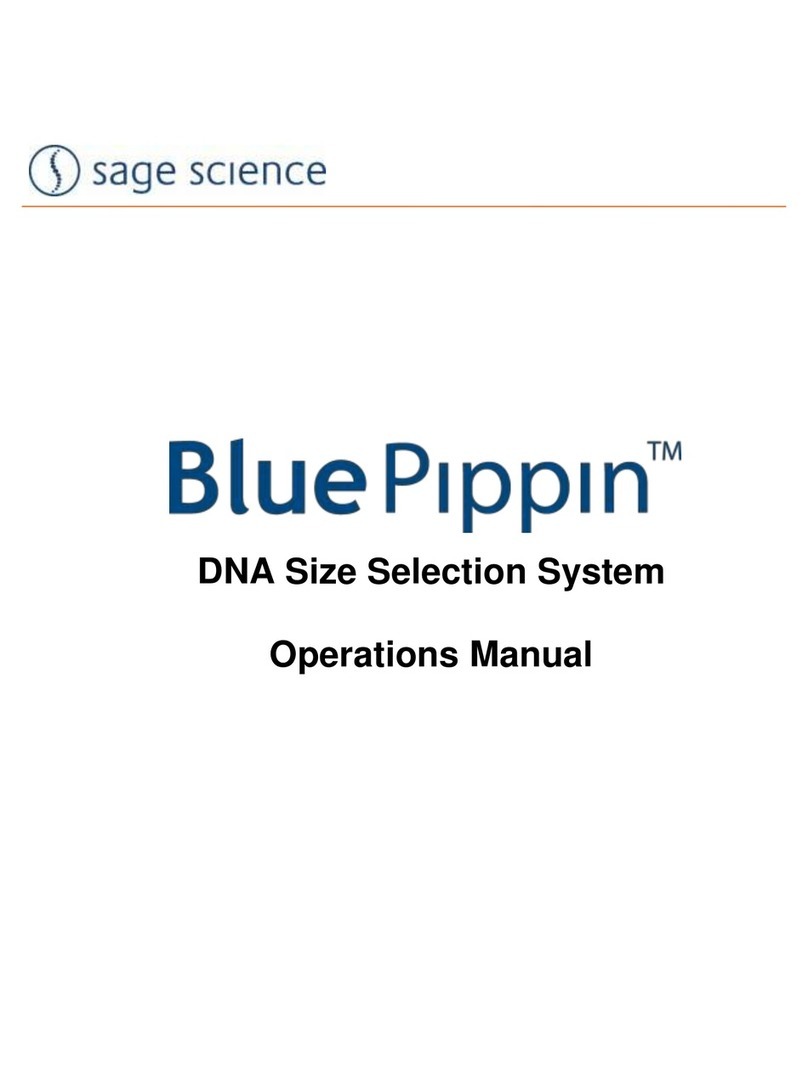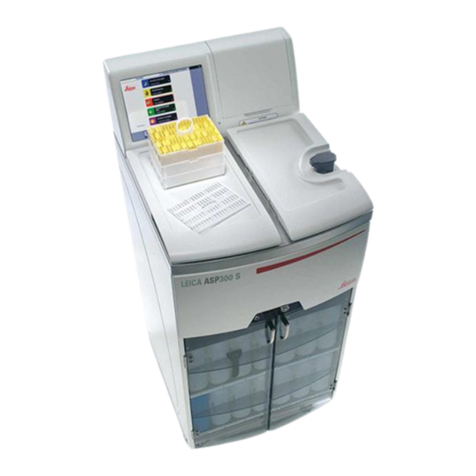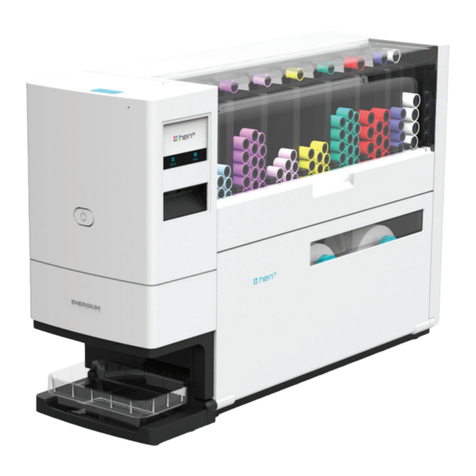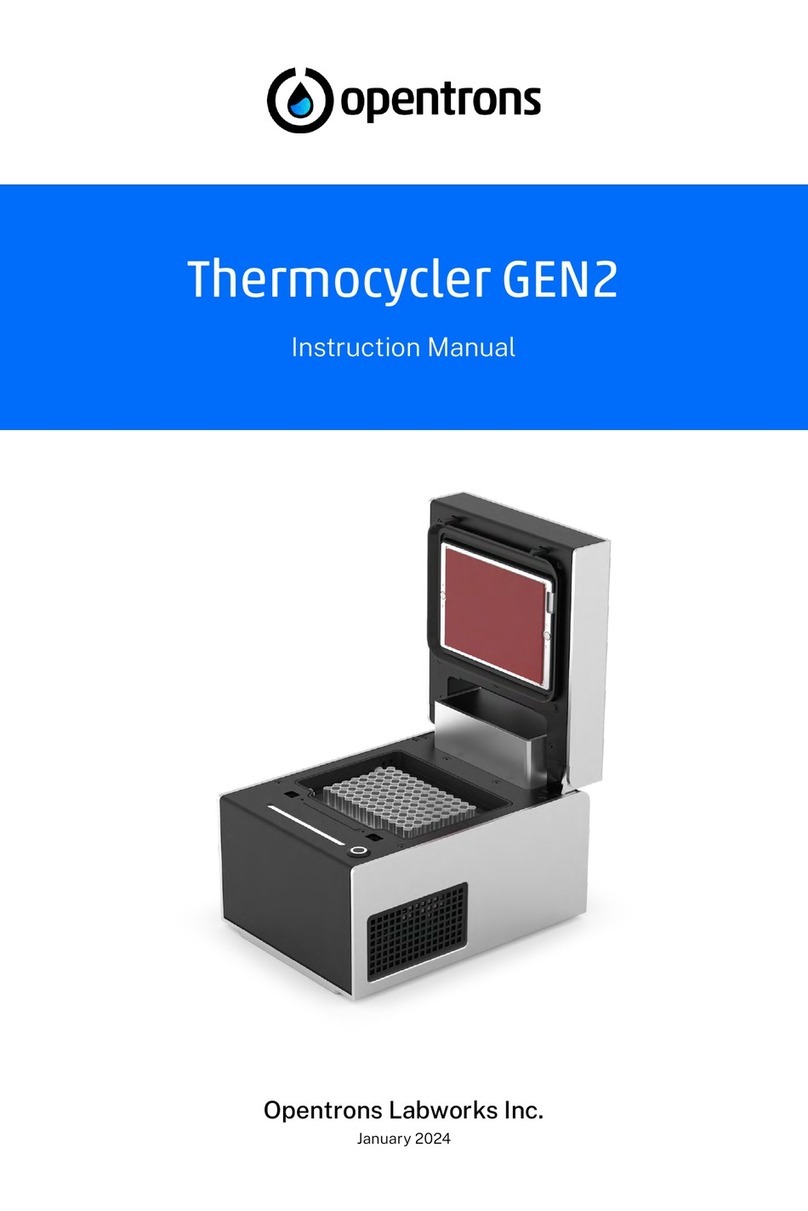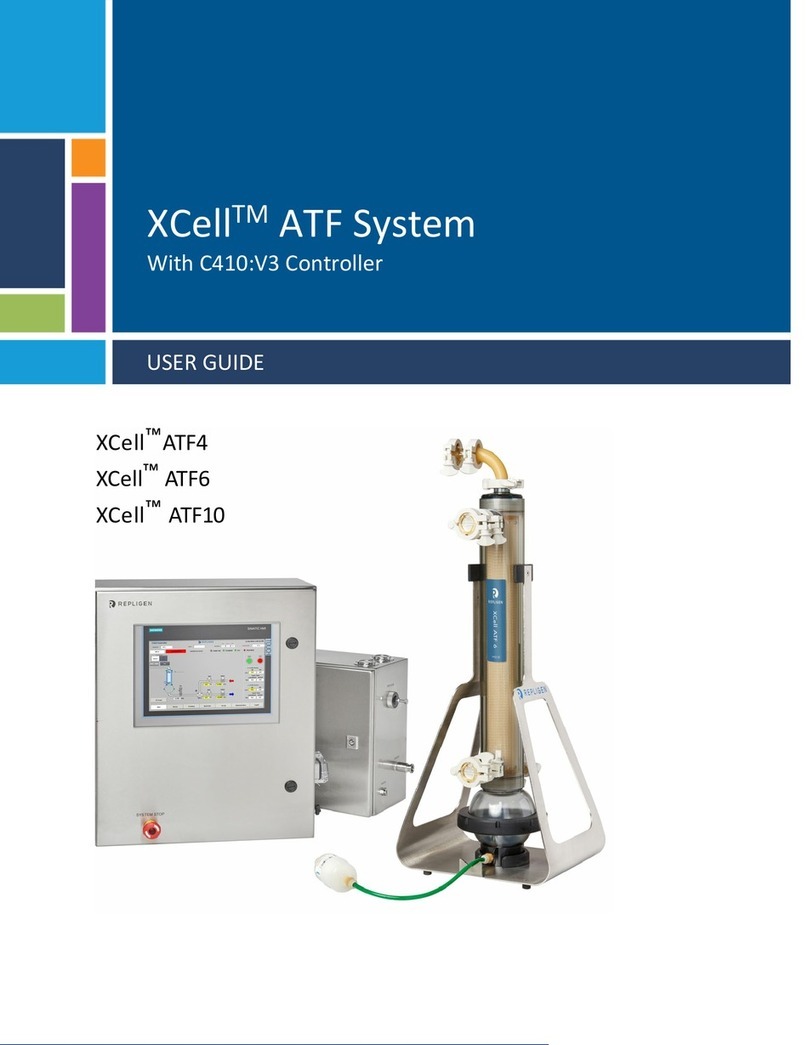SIRCHIE 214CA Manual

100 HUNTER PLACE, YOUNGSVILLE, NC 27596 USA
Ph: (919) 554-2244, (800) 356-7311 • Fax: (919) 554-2266, (800) 899-8181 • Web: www.sirchie.com • Email: [email protected]
1 of 12
Copyright© 2017 by SIRCHIE
All Rights Reserved.
TI02-36ENG-REV3
TECHNICAL INFORMATION
Laboratory Type Fuming Cabinet and Heat Chamber
Catalog No. 214CA
INTRODUCTION
The Laboratory Type Fuming Cabinet and Heat Chamber features the
latest in digital temperature control. This device is designed for use in
crime laboratories where large volumes of documentary evidence is to be
processed with iodine fuming or ninhydrin development methods.
The cabinet is constructed of materials that resist corrosion, and once tem-
perature adjustments have been made, there is little need to make changes
in temperature settings.
Prior to First Use:
Upon receipt of the unit, switch both the power and Ninhydrin switches
ON. Allow the unit to reach the full temperature of 175°F. A limited
amount of smoke may be seen in the chamber as protective oils burn off.
This is normal. After at least 15 minutes of operation, switch the unit OFF

TI02-36ENG-REV3
2 of 12
and open the oven door to allow the smoke to dissipate.
Note: Even though the Ninhydrin switch is OFF, the temperature of the heating plate will continue to rise
as much as 20°F.
CAUTIONS
• Consult the appropriate Material Safety Data Sheets (MSDS) found on our website at www.sirchie.com/
support.
• Iodine fuming is performed inside the chamber. Ninhydrin preparation must be undertaken outside the
chamber. Only dry documents should be placed in the chamber.
• Temperature control is factory set, and under most circumstances these settings should not be changed.
• Be certain that the heating element is cool before introducing iodine crystals into the chamber. Use the
IODINE temperature control when conducting iodine fuming.
• Be certain to read through all of the material contained herein prior to conducting any evidence recovery
methods.
• DO NOT spray items of evidence inside the oven chamber. Flash re can result in special circumstances
resulting in possible injury and possible loss of evidence.
• Iodine fumes are harmful if inhaled or ingested and are a strong irritant to eyes and skin. Use with ad-
equate ventilation and with protective measures. (Refer to MSDS sheet.)
• Iodine fumes are highly corrosive to metals. For this reason, the cabinet should be cleaned after every
use to prolong useful service. However, DO NOT clean with ammonia compounds, as iodine residues
will react to form minute quantities of a pressure-sensitive explosive compound.
• The oven door and oven components such as documents support rods and metal clips reach temperatures
sufcient to cause burns. Use caution when working within and around a hot oven.

TI02-36ENG-REV3
3 of 12
• The 214CA should not be used for Cyanoacrylate (Superglue) fuming.
• The use of an approved hood or ductless workstation is recommended.
• Always place control prints in the chamber along with any items of evidence.
PROCEDURE
Oven Controls
Oven controls are located on the instrument’s front panel. They consist of a power switch with ON (I) and
OFF (O) settings, a heater switch with Iodine (=) and Ninhydrin (–) settings, and a temperature module.
The temperature controller has been set to optimum at the factory and should not need adjustment. Should
you wish to adjust these settings, follow the instructions below.
Temperature Controller:
The microprocessor-based temperature controller monitors a sensor mounted near the oor of oven com-
partment to determine whether or not power should be supplied to the heater element. You control the
ON/OFF RAISE
LOWER
°F
SET
IODINE
HEAT
NINHYDRIN
HEAT
ON/STANDBY INDICATOR

TI02-36ENG-REV3
4 of 12
oven by telling it what the optimum temperature should be and how much the temperature within the oven
should be allowed to drift. The limits of drift are controlled by the temperature HI and LO settings.
The temperature controller has a LED temperature display and four switches: raise (∧), lower (∨), °F, and
set. These switches are active only when oven power is ON. When rst powered up, the display should
ash “t 1” and then display a number. This number is the current temperature within the oven in degrees
Fahrenheit. Press the Heater switch to the Ninhydrin setting and watch the temperature rise within the oven.
When the oven reaches 175°F, it is ready to use with ninhydrin.
NOTE: The temperatures indicated on the LED readout are measured at the stainless steel plate in the bot-
tom of the oven. The actual chamber temperature will be in the range of 130°-140°F and can vary depend-
ing on ambient temperature.
Adjusting The Set Point
The set switch allows adjustment of the controller set point—the temperature at which power to the heat-
ing element is shut off. The set point is set at the factory to 175°F, and we recommend that this setting be
used for most operations. If you wish to adjust the set point, press and release the set switch. The controller
will display “SP1” (set point 1). Press and release the set switch a second time. The controller displays
the current set point value. If still set to the factory setting, this value will be 175. To increase or decrease
the value, use the appropriate adjust switch (∧or ∨). Note: The set point cannot be set lower than the LO
Temperature (174°F) or higher than the HI Temperature (176°F) setting. If the set point stops responding to
the “∧” or “∨” switch, adjust the HI or LO Temperature setting out of the way rst, as described below.
Program Settings
The “°F” switch allows adjustment of the operating mode, adjustment of the differential temperature upper
and lower limits, and calibration adjustment. (Actual programming sequence is described after the setting
descriptions, which follow immediately.)

TI02-36ENG-REV3
5 of 12
1. Differential Adjustments. How quickly the controller responds to drift in temperature is controlled
by the differential adjustments setting. The number entered tells the controller how many degrees the
temperature is allowed to drift from the set point before corrective action is taken. The factory setting is
1, i.e. the controller responds after a drift of only one degree. This is the tightest setting. The controller
may be set to operate in both heating and cooling applications, and operation of the chamber requires
that a positive value be entered for the “dF” setting. Do not attempt to operate the oven with a negative
value or a value of zero entered.
2. HI and LO Adjustments. These settings control the range of temperatures within which the set points
can be adjusted. For example, if “LO” is set to 150 and “HI” to 160, only set points between these two
numbers can be entered using the set function described above. If both are set to the same number, a
xed set point is established. Factory settings are LO=174 and HI=176.
3. Calibration Adjustment. A calibrating adjustment of up to +/– 30°F can be entered here to compensate
for the fact that temperature varies between top and bottom of the chamber, and to account for sensor
shielding and any sensor variations. The factory-set calibration adjustment is 0.
4. Programming Sequence. Press and release the °F switch. “dF is displayed. Press and release °F switch
a second time. The current value of “01” should be displayed. If another number appears, use the raise-
lower buttons to set “01”. Press and release the °F switch again. “HI” should be displayed. Press and
release °F and the HI value of 176 should be displayed. Use the raise-lower buttons to change this
value if necessary. Press and release °F and “LO” will be displayed. Press and release °F again and the
LO value of 174 should be displayed. Use the raise-lower buttons to change this value. Press and re-
lease °F and “CAL” will be displayed. Press and release °F and the current calibration value of “01” is
displayed. Adjust as needed using the raise-lower buttons. Press and release °F and the screen should
go blank for a brief time, and then, the current temperature of the cabinet will be displayed. (IMPOR-
TANT: If the programming sequence is interrupted for a period of 15 seconds, or if it is not carried

TI02-36ENG-REV3
6 of 12
through to the point where the blank screen is displayed, the controller will revert to its former settings,
ignoring any changes that may have been entered.)
Using Iodine
Iodine reacts with oils and fatty deposits to produce a temporary yellow-brown reaction product. Iodine
is useful on fresh prints on both porous and non-porous non-metallic surfaces. Latent prints developed by
iodine fuming are fugitive and will disappear within a few minutes. Latents should be photographed im-
mediately, and then xed. If no prints are developed, proceed to DFO or ninhydrin methods. CAUTION:
Heater must be cool to the touch before Iodine Fuming is attempted. Iodine placed on a warm element
will sublimate rapidly—much faster than you can add documents and close the chamber. DO NOT attempt
Iodine Fuming with the heater switch left in the Ninhydrin position (see #9 below).
1. Set the power and heater switches to their respective OFF positions.
2. Prepare documents to be fumed by attaching a clip at each corner and threading a rod through the clips.
3. Empty the contents of one Iodine Crystal ampoule into the glass sublimation dish.
4. Place the dish (with the crystals in it) on the heating element inside the fuming cabinet.
5. Hang the documents to be fumed in the cabinet. Include a control document with known prints.
6. Close and clamp the chamber door.
7. Verify that the inlet and exhaust ports are closed.
8. Turn the power switch ON.
9. The iodine/ninhydrin switch has three operating positions:
a. The iodine position is a momentary switch that must be held depressed for heater warming.
b. The ninhydrin position is pressed once and the heater will continue to warm until the set temperature
(175°F) is reached.

TI02-36ENG-REV3
7 of 12
c. The center position of the switch is “OFF” and disconnects power to the heater.
Press and hold the iodine switch until the temperature reaches approximately 80°F or until vapor can
be seen rising from the iodine crystals indicating that the sublimation process has begun. Release the
iodine switch. (CAUTION:Be sure to release the iodine switch as soon as vapors are visible to
avoid excessive consumption of iodine.) It will be noted that the chamber temperature will continue
to increase as much as 20 degrees. This is normal. As the heating element cools, the temperature will
begin to decrease until room temperature is reached.
WARNING: Iodine fumes are toxic and an irritant to skin and eyes, and corrosive to all metals. Re-
lease fumes only into a fan exhausting directly outdoors, or unplug the chamber and carry it outdoors
before opening. Check with local authorities as to the release of iodine fumes into the environment.
Iodine Enhancement
The Iodine Enhancer, DCA16, will darken weak prints to
permit sufcient contrast for photography. Crush the ampoule
by applying pressure with the thumb and forenger. Saturate
the swab, remove from packaging, and apply the chemical
as needed. After use, recap the swab and dispose of properly.
Prints will turn bluish brown in color. The surface should then
be allowed to dry. DO NOT apply enhancement if subsequent
tests with DFO, ninhydrin, etc. are to be performed.
The fuming cabinet should be cleaned after each use to avoid contamination of other documents and to
completely avoid the possibility of any corrosion from Iodine fumes. Be sure the unit is turned OFF and
power supply cord is disconnected. Wash the interior of the cabinet and the glass window with a mild deter-
gent and water. DO NOT use cleaning compounds containing ammonia.

TI02-36ENG-REV3
8 of 12
Using Ninhydrin
The development of latent prints with ninhydrin is dependent on the chemical
reaction with the amino acids and other constituents of sweat, which yield
amino acids when broken down. Most latent ngerprints contain sufcient
traces of amino acids to produce good results with Ninhydrin or Ninhydrin
Spray.
Amino acids do not migrate in porous materials. As a result,
there are (rare) reports of prints more than thirty years old hav-
ing been developed using ninhydrin. Therefore, porous articles
(cigarettes, stationery, paper bags, cardboard boxes, walls, etc.)
found at the crime scene should be considered for process-
ing by ninhydrin regardless of the suspected age of the latent
prints. Ninhydrin is generally not useful on articles that have
been exposed to water.
Ninhydrin reacts with amino acids to form a bluish-purple
reaction product called “Rhuemann’s Purple” or “RP,” named for its discoverer. Develop-
ment is slow, requiring up to ten (10) days at room temperature. Development may be
accelerated by the application of heat and moisture, as can be accomplished with this
chamber.
Articles to be tested for latents should be sprayed on both sides in a fuming hood or
well-ventilated area until wet with Ninhydrin Spray or dipped in a Ninhydrin solution.
DO NOT spray inside the 214CA chamber. Use care as ink on documents may run or
be otherwise affected by the ninhydrin’s solvent. If ink running is a consideration, use
No. NSI609 Ninhydrin Pump Spray, as this product is safe to use with most inks. Let the
document dry before placing it in the chamber.

TI02-36ENG-REV3
9 of 12
Attach clips to two corners of the treated document. Include
a control document with known prints. CAUTION: Surfaces
treated with Ninhydrin are sensitive to new ngerprints. Pass
the suspension rod through the loops of the clips. Insert into the
notches of the ledge at the top of the oven. Both clips and metal
suspension rods reach the set point temperature during docu-
ment processing. Use care in removing documents to prevent
skin burns.
Articles should be kept at 175°F for approximately ve min-
utes. Weak prints or articles showing no prints should be re-
processed. (Suspect articles failing to develop prints should be
allowed to continue to develop outside of the oven for several
days before moving on to other methods such as silver nitrate
or physical developer.)
Remove the developed document from the fuming cabinet. To prevent fading with the
passage of time, lightly spray the developed prints with the NFS200 Ninhydrin Fixative
included with your 214CA. Allow the document to air dry. NOTE: Fixative interferes
with subsequent Ninhydrin development. Therefore, DO NOT use xative until you are
certain that all prints have been developed and the results have been photographed.
Always record your results in case of accident or unexpected reactions with foreign sub-
stances.
Developed prints are blue-violet before xing, and they deepen to a purple red after be-
ing xed. Since Ninhydrin print patterns are difcult to read, they must be photographed.
Orthochromatic lm exposed with a green or orange lter for the unxed print and a
green or blue lter for the xed print offers excellent results.

TI02-36ENG-REV3
10 of 12
The addition of moisture accelerates the develop-
ment process when using the Ninhydrin Spray
method. The moisture inlet port on the side of the
unit is designed for use with a PUM100A Portable
Humidier, which allows a controlled amount of
humidity to be introduced into the chamber while
the prints are developing.
Using The PUM100A Portable Humidifier
The PUM100A is used to provide a high humidity
environment for documents undergoing Ninhydrin
treatment. The following procedure affords opti-
mum results for accelerating latent print develop-
ment.
1. Prepare the documents as described previously and place them in the
oven. Be certain the oven door is latched and secure (Fig. 1).
2. Set up the PUM100 according to instructions provided with the unit.
Remove both plastic port caps from the rear of the 214CA.
3. Connect the exible hose to the 214CA as shown in Figure 2 and rotate
the Humidier Control Knob to the HI position. The green ON light will
illuminate. (It will take up to 5 minutes to produce steam.)
4. After waiting 5 minutes, turn the 214CA power ON and press the
ninhydrin switch. At some point, condensation may form on the view
panel. This is normal.
FIGURE 2
FIGURE 1

TI02-36ENG-REV3
11 of 12
5. When the oven temperature indicates 160°F, turn OFF the PUM100, disconnect the hose from the
214CA, and replace both plastic port caps on the 214CA.
6. Once a temperature of 175°F is reached in the oven, allow heating to continue for 5 minutes, and then
turn the 214CA ninhydrin and the power switches to the OFF position and allow the unit to cool down.
Open the oven door to accelerate the cooling down process.
7. When the unit has cooled sufciently, remove and examine the documents.

TI02-36ENG-REV3
12 of 12
100 HUNTER PLACE, YOUNGSVILLE, NC 27596 USA
919-554-2244 • 800-356-7311
www.sirchie.com
Table of contents
Other SIRCHIE Laboratory Equipment manuals
Popular Laboratory Equipment manuals by other brands

cytiva
cytiva PRT-DPM-3T Instructions for use
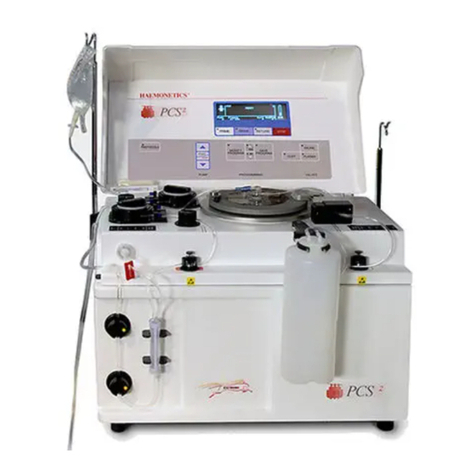
Haemonetics
Haemonetics PCS 2 manual

Malvern Instruments
Malvern Instruments Zetasizer uV quick start guide
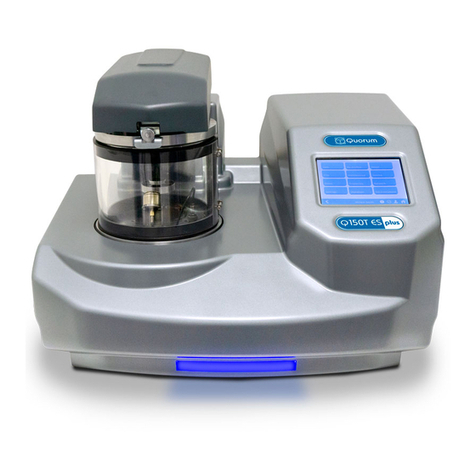
Quorum
Quorum Q150T S instruction manual

VERDER
VERDER Carbolite Gero HT 6/95 Installation, operation and maintenance instructions
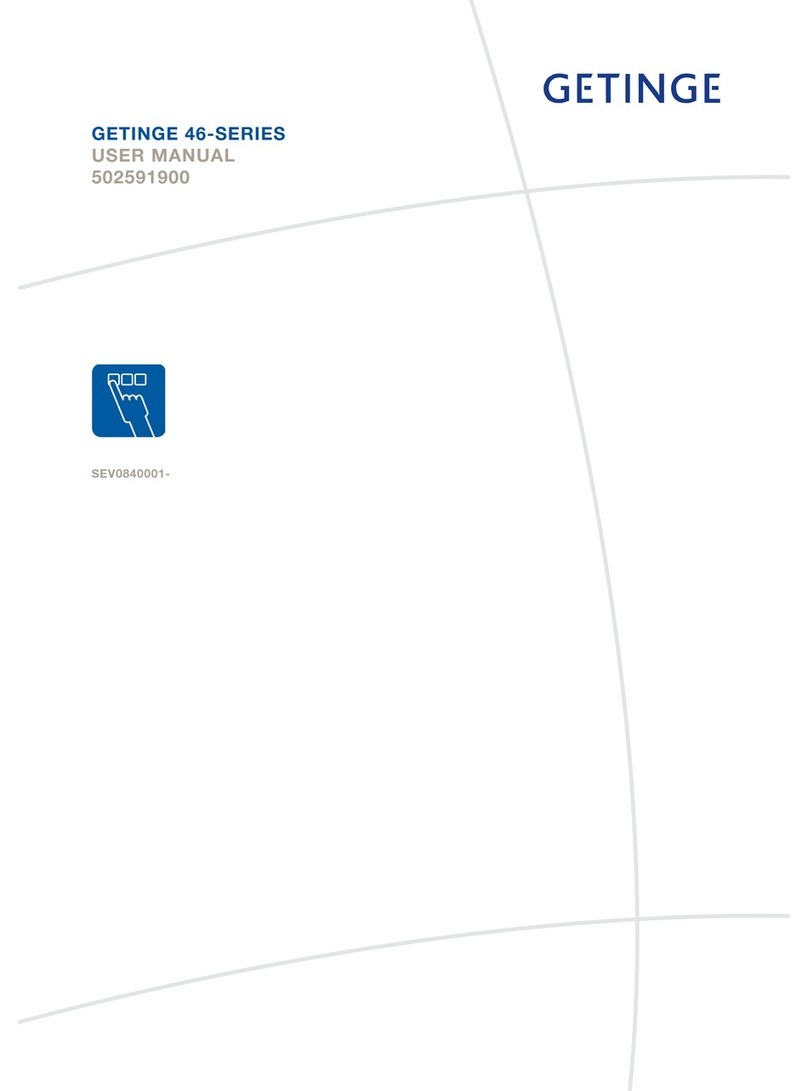
Getinge
Getinge 46-SERIES user manual
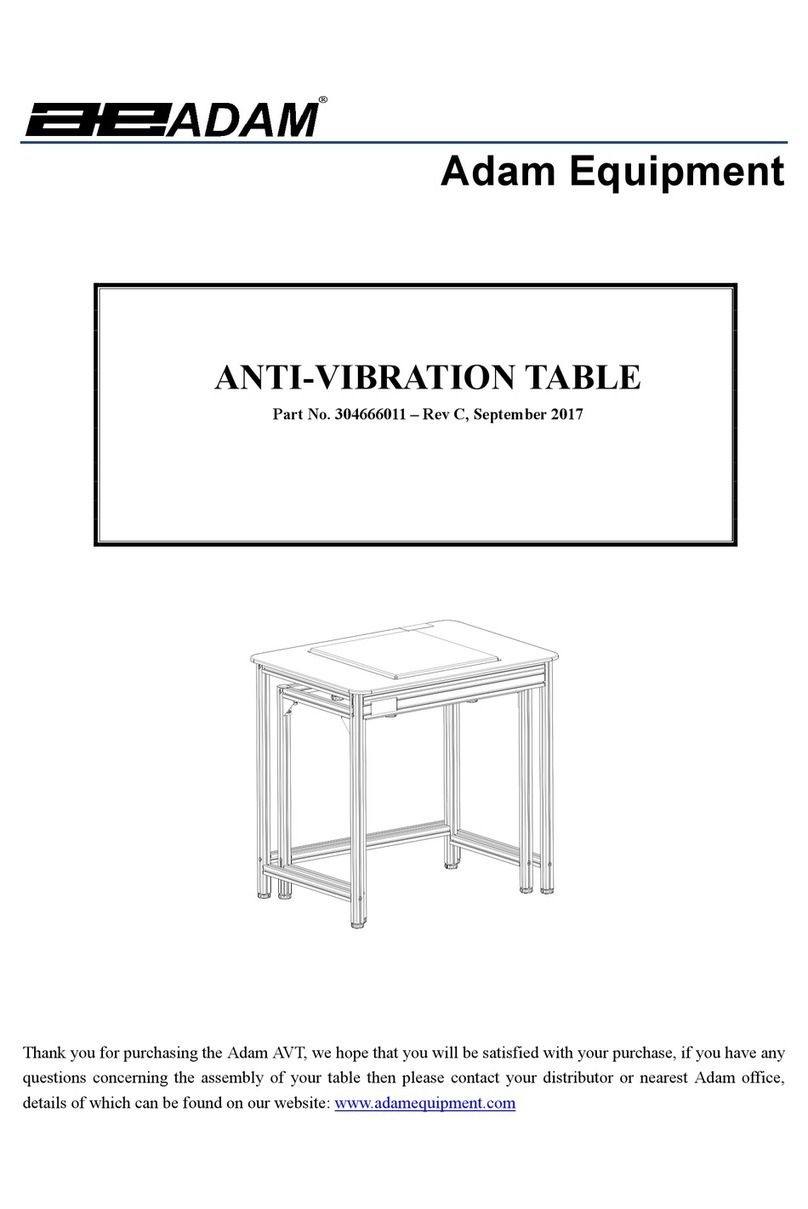
Adam Equipment
Adam Equipment ANTI-VIBRATION TABLE Assembly instruction

Endress+Hauser
Endress+Hauser Analytik Jena Biometra TAdvanced 96 operating manual
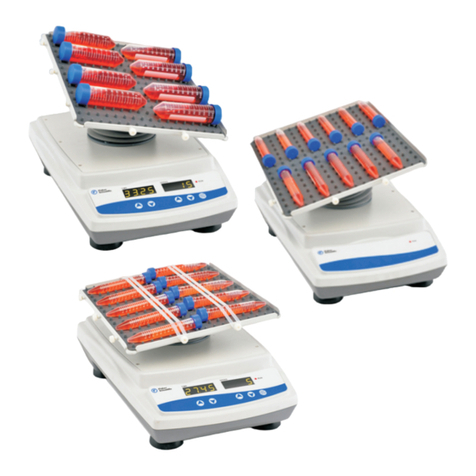
Fisher Scientific
Fisher Scientific 88861041 instruction manual
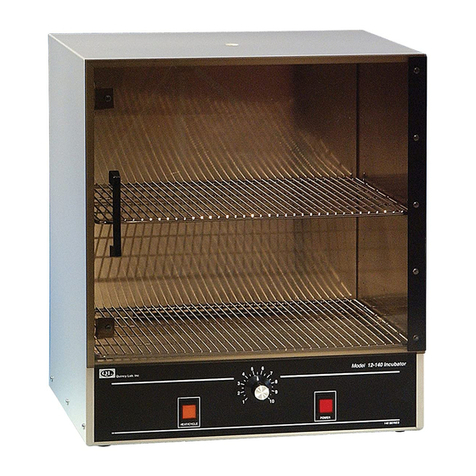
Quincy lab
Quincy lab 140-1 Series operating manual
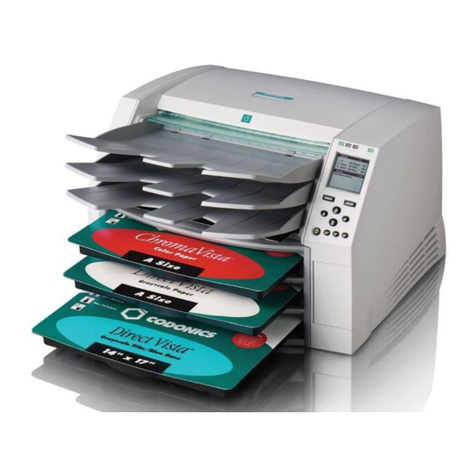
Codonics
Codonics Horizon Ci manual
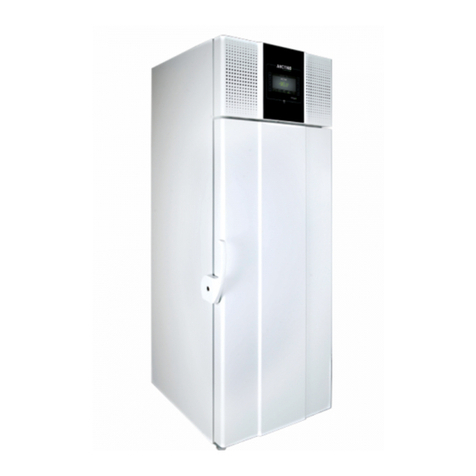
Arctiko
Arctiko ULUF P390 operating instructions

